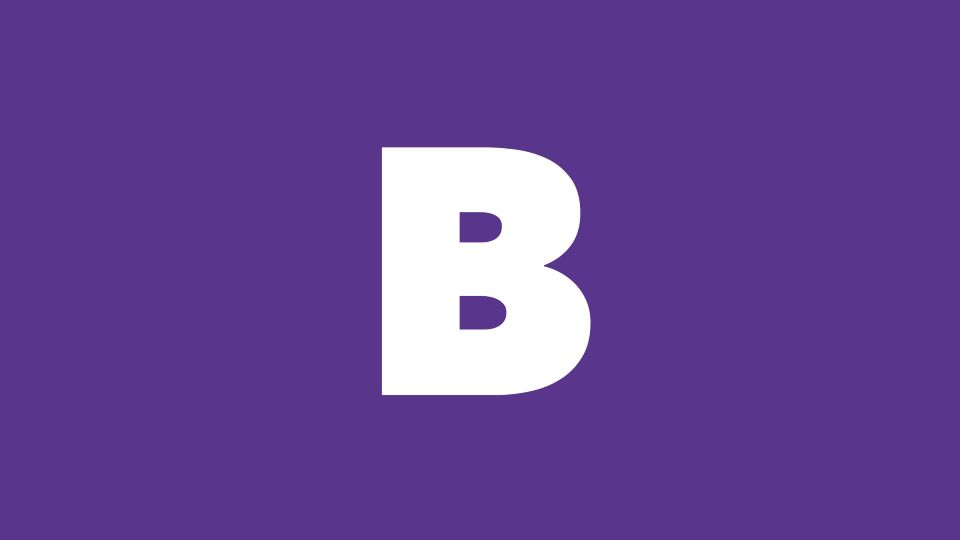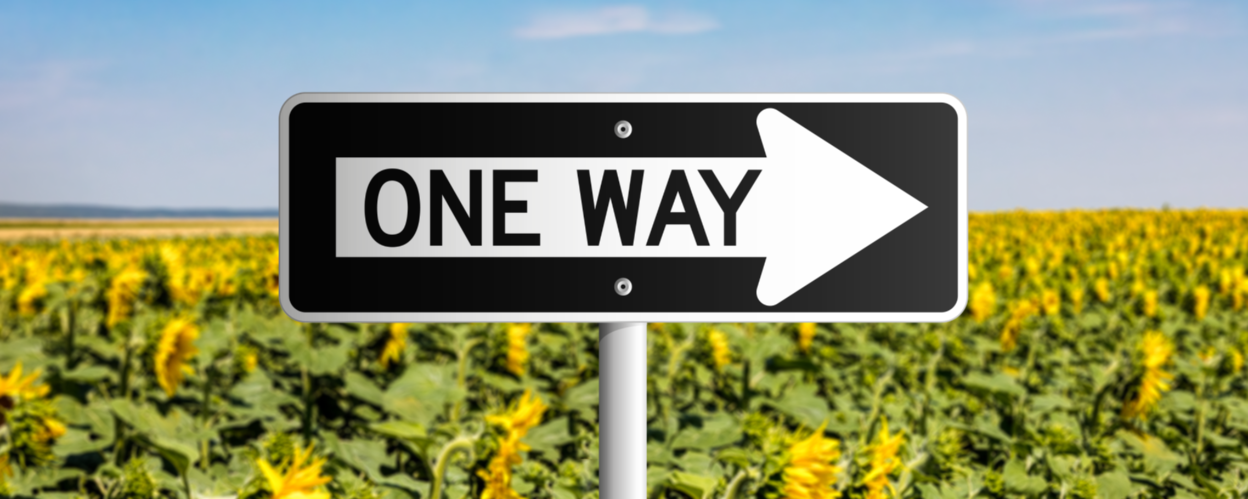
The one-way street nutrient
Plants need the micronutrient boron for growth and development. Boron improves membrane stability and therefore also increases resistance to pests. It participates in the synthesis of proteins and is involved in the formation of sucrose.
Boron is particularly important in two plant areas:
- At the root: Boron has a positive influence on cell division and therefore generally accelerates the growth as well as the formation of roots.
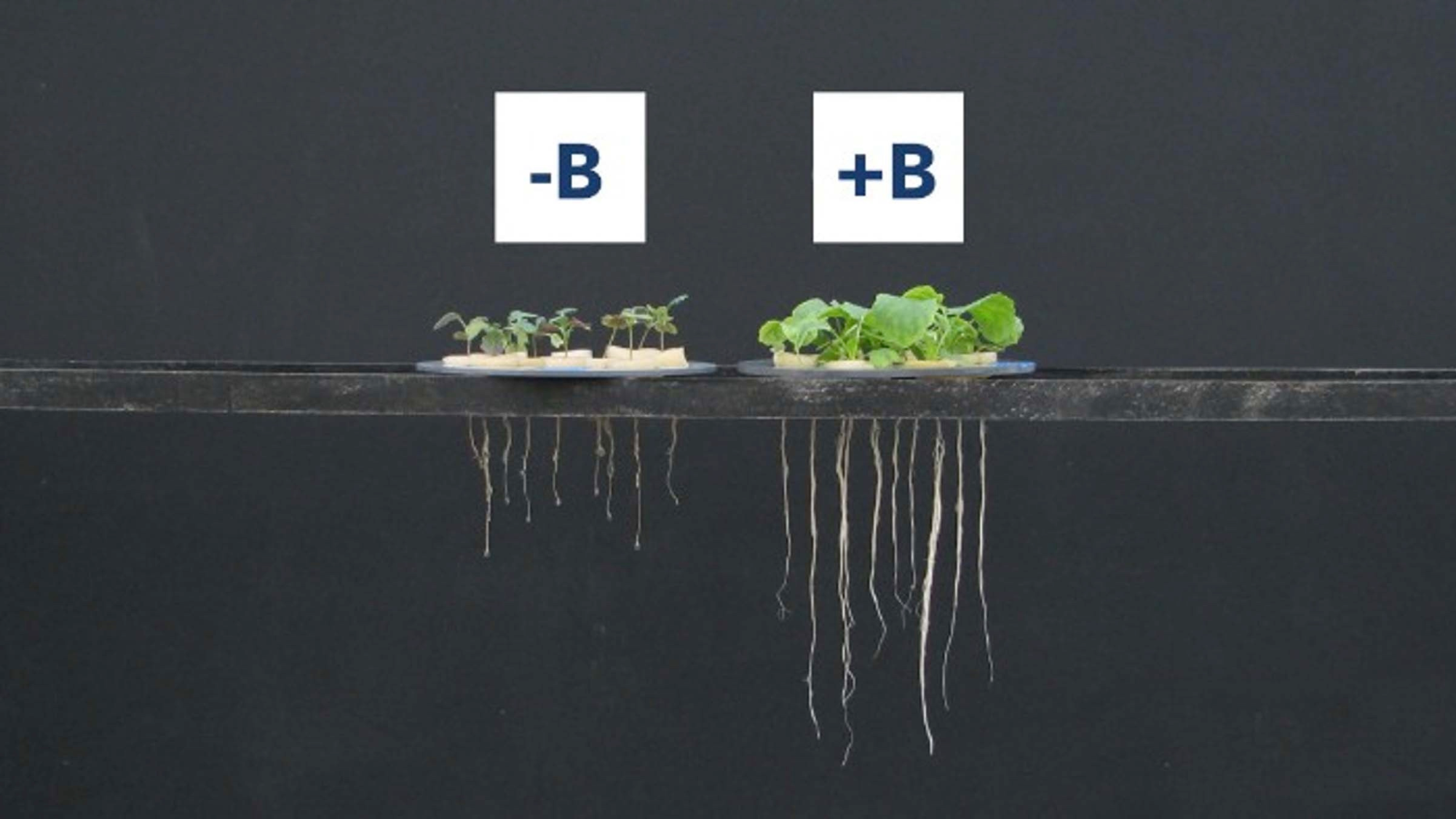
- In flowers and fruits: Boron provides an essential contribution in generative growth, in the formation of the flower set and in fruit formation. Therefore, boron deficiency is also noticeable through disturbed flower or bud formation.
Boron transportation is a one-way street
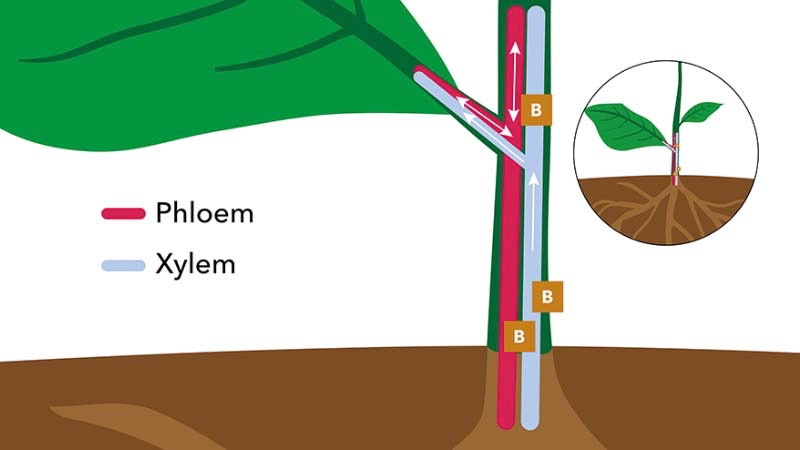
Many nutrients - such as potassium and magnesium - are mobile in a plant and are transported to where they are most urgently needed for metabolism. These nutrients are transported in the phloem, a pathway that can carry nutrients and metabolic products in all directions.
Boron is different: In most plants, the micronutrient is mainly transported via the xylem - a plant’s one-way street. The xylem is the pathway that transports nutrients with the transpiration current from bottom to top, from the direction of the roots to the leaves. But not the other way around.
- In the xylem , nutrients are transported from bottom to top, from the direction of the roots to the leaves.
- In the phloem, nutrients can be transported in both directions and shifted in a specific manner within the plant from the older to the younger leaves, to the yield organs (fruits, ears, cobs, etc.) and to the roots.
What does this mean for fertilization practice?
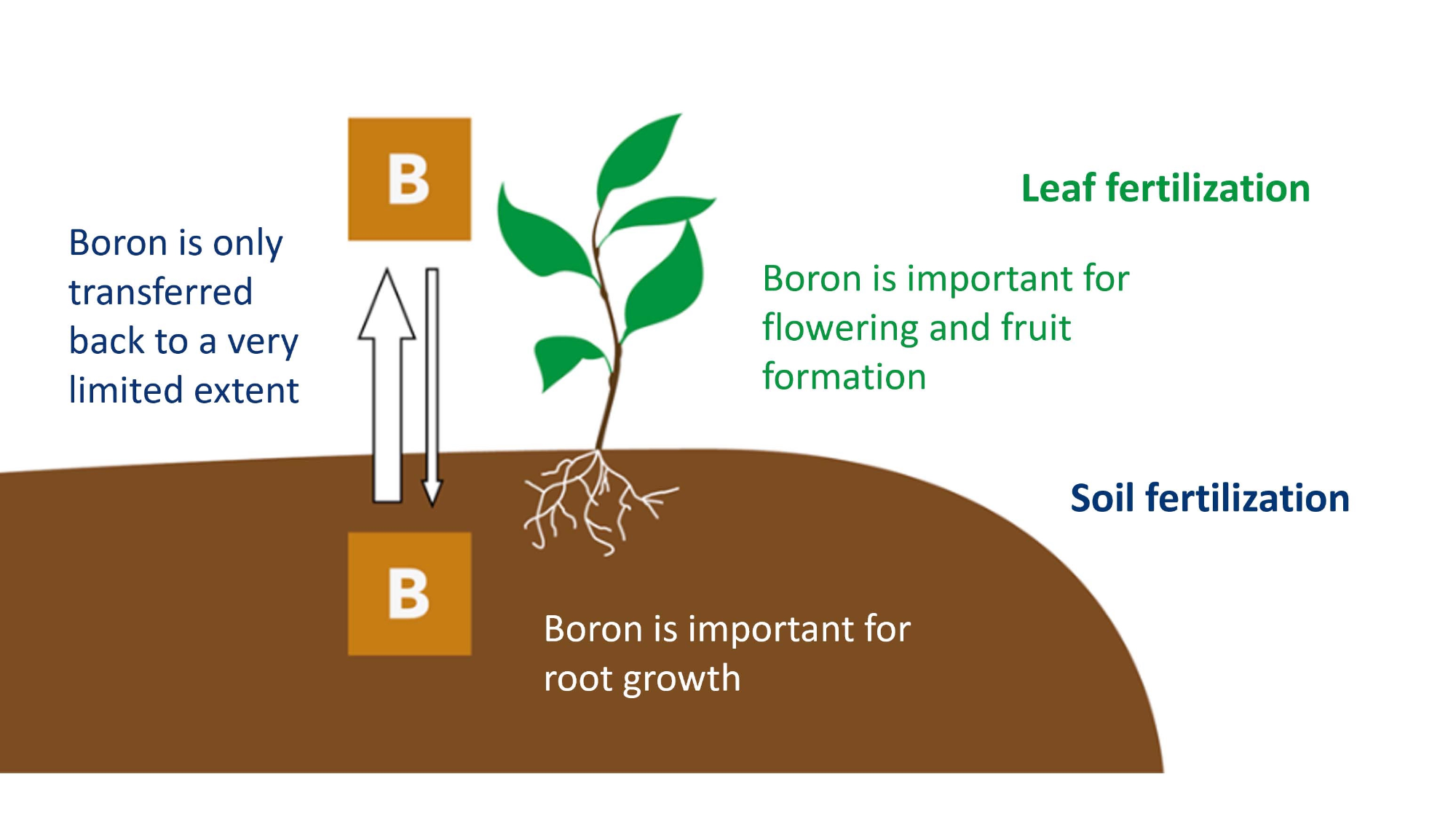
Plants with a high boron requirement such as rape, sugar beets, corn and sunflowers often do not have a sufficient natural boron content in the soil to supply them with boron as needed. In practice, use is often made of boron leaf fertilization. This very effectively counteracts deficiency symptoms during important flower and fruit formation.
An important nutrient for root growth is magnesium. Boron is also needed for root cell division. This cannot be made available by leaf fertilization, since, as described above, it is mainly transported from the bottom to the top and is only shifted in small quantities from leaves to roots. Supplying boron to roots by transfers back from the shoot is not possible. Similarly, boron transfer from older leaves into young shoots and into the yield organs (fruits, ears, cobs, etc.) is only possible with few crops and to a very limited extent.
Boron is also an option for soil fertilization
For this reason, fertilization practice requires not only leaf fertilization but also a sufficient supply of boron to soil. Only in this way can a good root network be established from the start and also provide the necessary nutrients and water during grain filling. Soil fertilization with Korn-KALI+B is recommended at the time of sowing. Leaf fertilization with epsoBORTOP is carried out during the vegetative growth phase
Targeted supply of boron to leaves and roots
Boron is important for root growth as well as for the formation of flowers and fruits. Combined soil and foliar fertilization is recommended to supply both organs with the micronutrient as needed. After all, boron can only be transported from the bottom to the top within the plant. Leaf fertilization alone therefore has no effect on the development of the root network.





